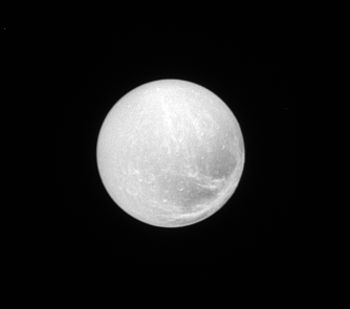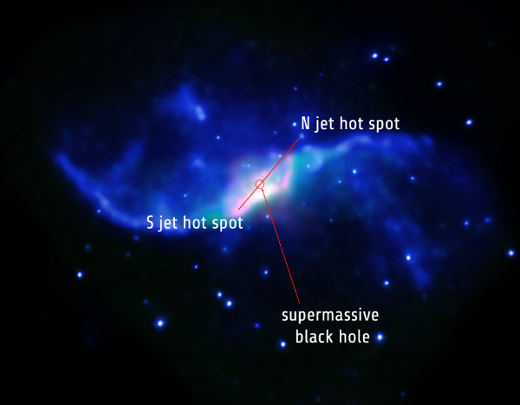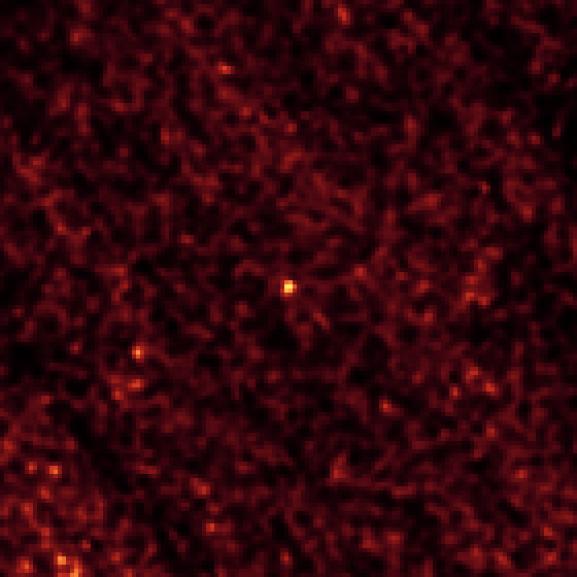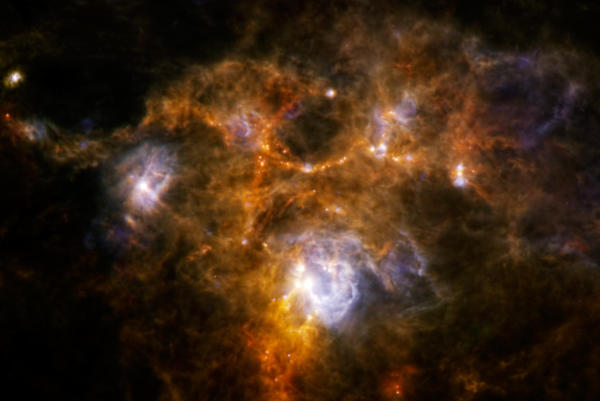
The Cassini orbiter took this distant (from 1.3 million kilometers) image of Saturn’s satellite, Dione. The picture was taken with Cassini’s narrow-angle camera as the NASA-ISA craft was perfectly aligned to have the Sun at its back. Dione’s surface is covered in craters, with very rough and scarred terrain due to Dione’s active and often violent past.



